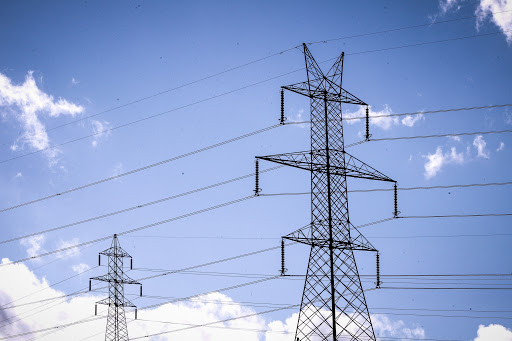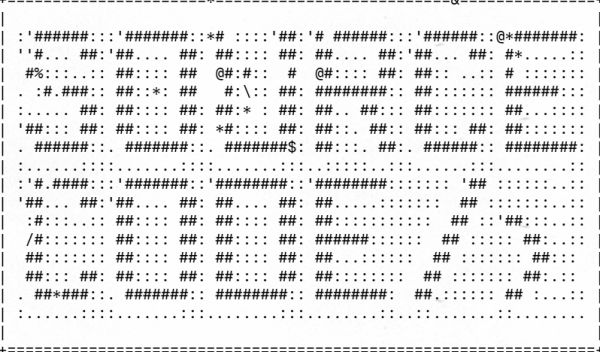
At least one more uphill 10-day period is predicted by the prognostic models for the epidemiological course of our country. However, by collecting data from countries where Omicron has completed its sweeping course, scientists hope that the rule of the abrupt fall that characterizes the new mutation will apply in our country as well. The case of South Africa is indicative, with the epidemiological curve of Omicron differing significantly from that of the Delta, forming a sharp inverted “V” that indicates the acute but brief passage.
Thus, based on the above, the predictions show that the predominant scenario is that the peak and de-escalation of Omicron will occur within January, a fact that, if verified, will go down in history, as it will be the shortest pandemic wave.
Cases-intubation
This, however, does not mean, according to experts, that it will be less severe for the NHS, as the same models show that by the end of this month the number of intubated patients may rise to or even exceed 800. In more detail and according to Nikos Tzanakis, professor of Pulmonology at the Medical School of the University of Crete, the good scenario wants the peak of the fifth wave from January 18 to 22, with the average number of cases reaching 50,000 per day.
The bad scenario, as he analyzes in “NEA” newspaper, is for the curve to reach a plateau from 22 to 25 January. And although the two scenarios are a few calendar days apart, the time that separates them works as the “fuel” that will increase the average daily cases to 55,000 to 60,000. Nevertheless, there are still several asterisks. “In order to have a clearer picture, any effects from the celebration of the New Year and the Epiphany must first be incorporated,” the professor explains.
Reopening of schools
Respectively, another unbalanced factor that blurs the landscape is the reopening of schools. It is indicative that the participation of minors in spreading the disease during the holidays (when the schools were closed) was reduced to 13% from 25% (when there was student activity) resulting in fears of a resurgence.
Meanwhile, another point that seems to concern epidemiologists and infectious disease specialists is the fact that Omicron has not displaced the Delta variant, which may be clearly less contagious, but is responsible for a more serious illness. More specifically, it is estimated that to date 10% -15% of daily cases are due to the Indian strain, which translates into 3,000-5,000 infections per 24 hours. The result is that pressure on the NHS is maintained, at a time when scientists are evaluating the impact of Omicron on the health system every day that passes.
Latest News

PM Mitsotakis to Chair New Democracy’s Committee Meeting
Today’s meeting is seen as a crucial opportunity to halt internal disputes within ND and reaffirm unity within the party.

Trump Tariffs Jeopardize Growth: Piraeus Chamber of Commerce
The tariffs, aimed at reducing the U.S. trade deficit, are expected to have both direct and indirect effects on the European economy

EU Condemns Trump Tariffs, Prepares to Retaliate
As tensions escalate, the EU is expected to continue negotiations with Washington while preparing for potential economic retaliation.

The Likely Impact of Trump Tariffs on Europe and Greece
Trump tariffs are expected to negatively affect economic growth in the Eurozone while Greece's exports could take a hit.

Motor Oil Results for 2024: Adjusted EBITDA of 995 mln€; Proposed Dividend of 1.4€ Per Share
Adjusted EBITDA for 2024 was down 33% yoy. The adjusted profit after tax for 2024 stood at 504 million euros, a 43% decrease from the previous year

Cost of Living: Why Greece’s 3% Inflation Is Raising Alarm
Greece appears to be in a more difficult position when it comes to price hikes, just as we enter the era of Trump’s tariffs.

Fitch Ratings Upgrades the Four Greek Systemic Banks
NBG’s upgrade reflects the bank’s ongoing improvements in its credit profile, Fitch notes in its report, including strong profitability, a reduction in non-performing exposures (NPEs), and lower credit losses

Trump to Announce Sweeping New Tariffs Wednesday, Global Retaliation Expected
With Trump's announcement just hours away, markets, businesses, and foreign governments are bracing for the fallout of one of the most aggressive shifts in U.S. trade policy in decades.

Inflation in Greece at 3.1% in March, Eurostat Reports
Average inflation in the eurozone settled at 2.2%, compared to 2.3% in February

Greece’s Unemployment Rate Drops to 8.6% in February
Despite the overall decline, unemployment remains higher among women and young people.










































 Αριθμός Πιστοποίησης
Αριθμός Πιστοποίησης